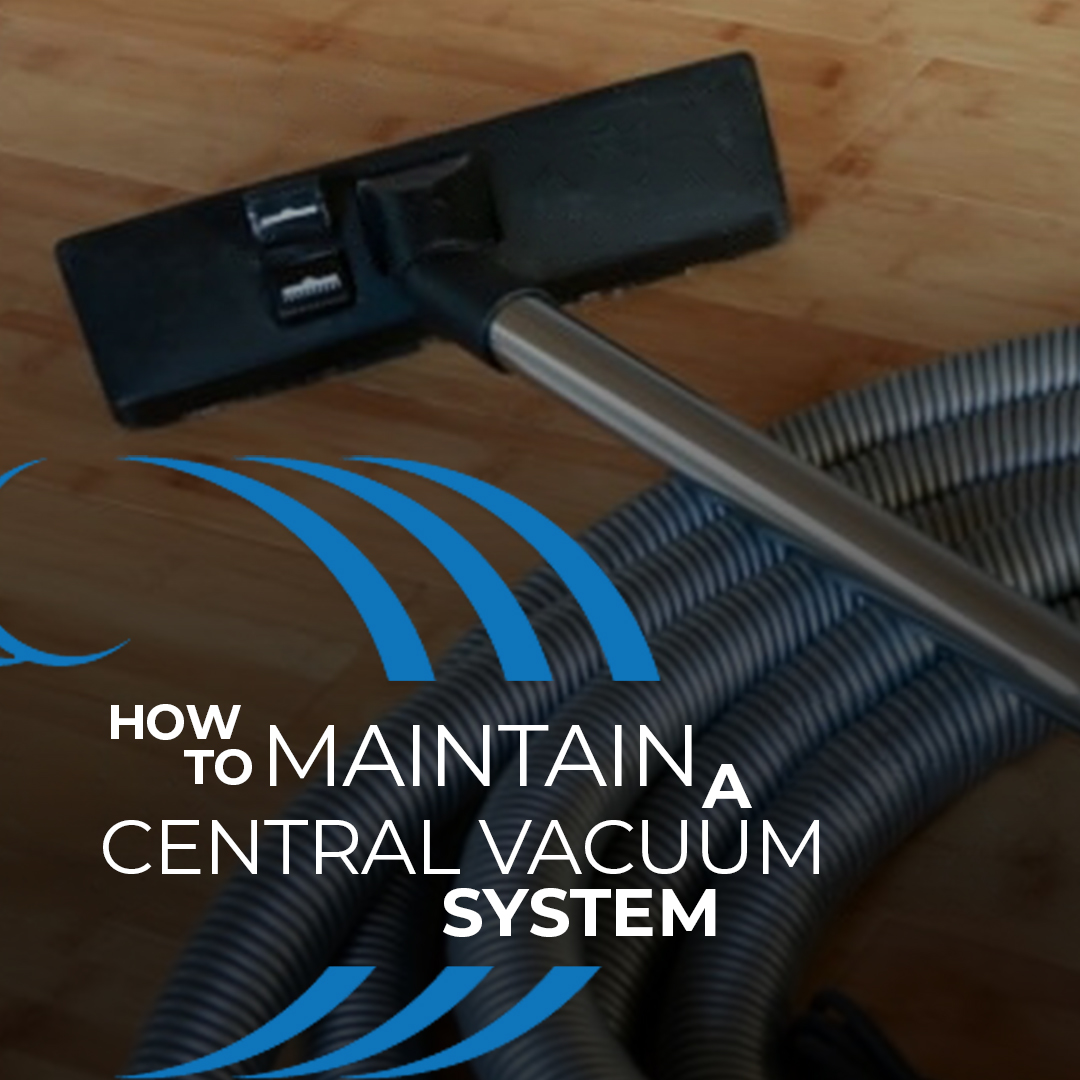
Boosting Productivity in Office Buildings with Central Vacuum
In today’s fast-paced work environment, maintaining a clean and organized office space is crucial for productivity. Office buildings often struggle with keeping their premises clean

A central vacuum system that’s installed in a building or residence is intended to last for 25 to 30 years.
However, despite the fact that it is designed for long-term usage, a central vacuum system should be taken care of in order for it to operate smoothly and remain durable.
Without proper maintenance, the system can only last for ten years or less, costing you more money rather than helping you save.
Here are the steps that you should follow when it comes to central vacuum system maintenance:
If you don’t like using vacuum bags, it is strongly advised that you empty the dirt receptacle of your central vacuum before or after each use.
Most dirt receptacles or collection pails have windows or indicators that let you know how much dirt is captured inside the vacuum. However, it’s still a good idea to empty your collection pail every time you use your vacuum. This prevents dust and debris from accumulating in the unit, which can slow down or damage the motor.
A dirt receptacle can be cleaned and emptied by following these simple instructions:
As soon as vacuum bags are filled to 75% of their maximum capacity, they need to be replaced.
Allowing a bag to get filled beyond 75% will prevent new particles from entering it. This will cause the motor to be clogged and noisy, reducing the vacuum cleaner’s performance and suction.
Depending on how frequently you use your central vacuum, you only need to replace the vacuum bags once or twice a year.
Here are some steps for replacing collection bags if you’re using a bagged central vacuum:
Filters that are dirty make it harder for a vacuum cleaner to suck in air, which causes the motor to struggle and operate louder than it should. Your motor will overheat and suffer from damage if you let this continue.
Keeping your filters clean will help them to continue capturing debris and enhancing the air quality inside your home.
Depending on how often you use your vacuum, vacuum filters should be cleaned at least every three months and replaced every six months.
How to properly clean a paper or cloth filter
How to properly clean a plastic or foam filter
In addition to cleaning, it’s important to regularly check the filter to make sure it hasn’t been punctured or torn.
Your vacuum’s suction power will be decreased and the motor will overheat if you use the vacuum while the motor, pipe, or hose is clogged. Always check the suction of your central vacuum before using it, and make sure there are no obstructions in the motor.
To clean the motor, simply grab the big chunks of debris that are clinging onto it by hand or use a dry cloth to dust it.
To remove blockages from the pipes, take the following steps:
If the hose becomes clogged, here are instructions that you can follow:
Here are some tips for storing the hose:
After using your roller brush a few times, you will notice that things like hair, lint, and thread are tangled in it. These problems stretch the belt, which stops the roller brush from spinning as it should. However, with frequent cleaning, the roller brush will continue to spin properly and capture dirt and debris effectively.
To clean the roller brush, just follow these steps:
Other attachments for vacuum cleaners include the retractable wand, crevice tool, dusting brush, and upholstery brush. These tools must also be cleaned because they collect dust and debris like the roller brush.
Simply cut and remove hair strands or strings from the bristles of the vacuum attachments, and then wipe off any embedded debris.
The following are possible electrical issues with a central vacuum system:
Press the on/off button, unplug the hose, or wait for the temperature to lower if any of these problems occur. If problems continue, get in touch with your local authorized service center.
Now that you know how to maintain a central vacuum system, you should be able to get years of trouble-free cleaning performance from your own central vacuum system.

In today’s fast-paced work environment, maintaining a clean and organized office space is crucial for productivity. Office buildings often struggle with keeping their premises clean

Central vacuums in animal shelters & vet clinic: Explore how these systems boost hygiene, efficiency, and air quality.

In the world of home entertainment, a home theater is a luxury that many homeowners dream of. It’s an immersive experience that brings the magic

A central vacuum system is a significant investment that promises convenience, powerful suction, and improved indoor air quality. However, choosing the right central vacuum hose
Our home automation products are at the forefront of technology, offering a blend of convenience, security, and efficiency. As a Homewave dealer, you’ll be part of a network transforming homes into smart, futuristic spaces.
Embark on this rewarding journey with us and leverage the power of innovative technology.
Please fill out this form and become a Homewave Dealer.